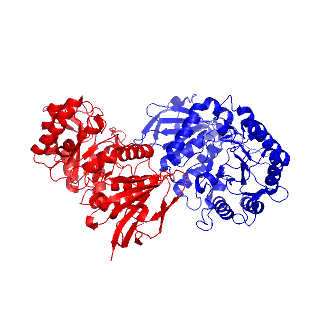LSDDB
A currative database for lysosomal storage disorder

LSDDB – Lysosomal Storage Disorder Database
LSDDB can be used to navigate and retrieve data of about 60 different LSDs. Also, about 1860 missense mutation have been computationally analyzed for their deleterious nature. The resource was established to better understand how sequence/structure variation may affect functional features of enzyme/proteins involved in LSDs.
Lysosomal Storage Disorder
Lysosomes are intracellular membrane bound organelles found in cytoplasm of cells (Gupta et al., 2018). They measure in size from 0.05 to 0.5μm and were first discovered in 1955 by Christian de Duve. They play a major role in clearing out biomolecular substrates through endosomal/autophagic lysosomal system. Four pathways for degradation of cellular material by lysosomes have been reported in literature (Platt et al., 2012). Biomolecules enter into lysosomes via any one of the four pathways and get digested into simpler forms. To digest biomolecules which are delivered to them, lysosomes have various acidic enzymes such as hydrolases, glycosidases, phosphatases, sulfatase, nucleases, phospholipases, lipases and proteases which are active at an acidic pH 5. Defect in any one enzyme/protein involved in lysosomal function causes accumulation of its respective substrates within lysosomes and cause lysosomal storage disorders (LSDs) (Platt et al., 2012). LSDs are a group of about 60 different genetic disorders (Schuchman et al., 2021). Though most of them fall under rare diseases, their combined incidence might reach 1:1500 to 1:7000 births (Gupta et al., 2018). Most importantly the advent of technology could further increase the prevalence rate in future.
Lysosomal Storage Disorder Mutations
LSDs are further classified into different types. Each type encompasses different disorders. List of missense mutations causing each disorder are listed for the information of the user. There are several types of mutations which cause LSDs. Among them, about 1860 missense mutations were studied using bioinformatics tools. This data would be updated as required.
References :
Gupta, N., Aggarwal, B., & Kabra, M. (2018). Lysosomal Storage Disorders in India: A Mini Review. Journal of Mucopolysaccharidosis and Rare Diseases, 4(1), 1–6. https://doi.org/10.19125/jmrd.2018.4.1.1.
Platt, F. M., Boland, B., & van der Spoel, A. C. (2012). Lysosomal storage disorders: The cellular impact of lysosomal dysfunction. The Journal of Cell Biology, 199(5), 723–734. https://doi.org/10.1083/jcb.201208152
Schuchman, E. H., Ledesma, M. D., & Simonaro, C. M. (2021). New paradigms for the treatment of lysosomal storage diseases: Targeting the endocannabinoid system as a therapeutic strategy. Orphanet Journal of Rare Diseases, 16(1), 151. https://doi.org/10.1186/s13023-021-01779-4.